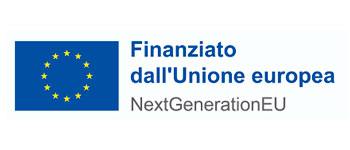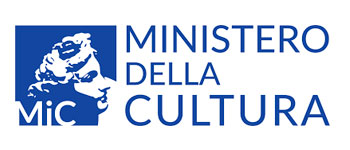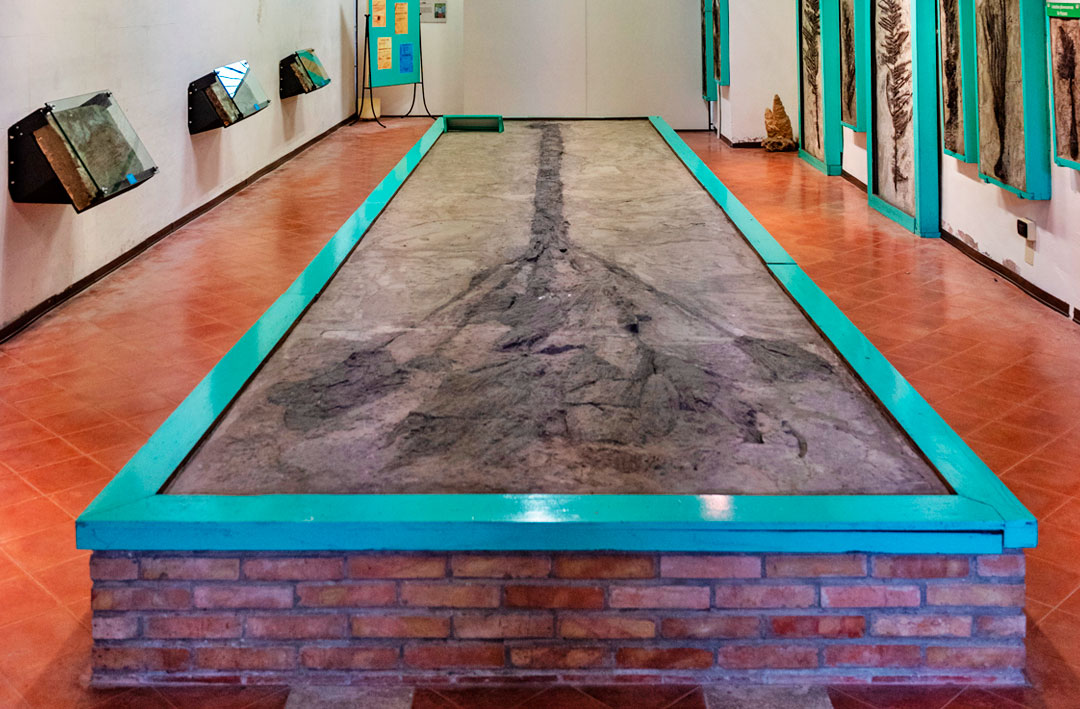
The Paleontological Museum "Pierluigi Malinverni"
Villa Godi Malinverni - Lugo di Vicenza
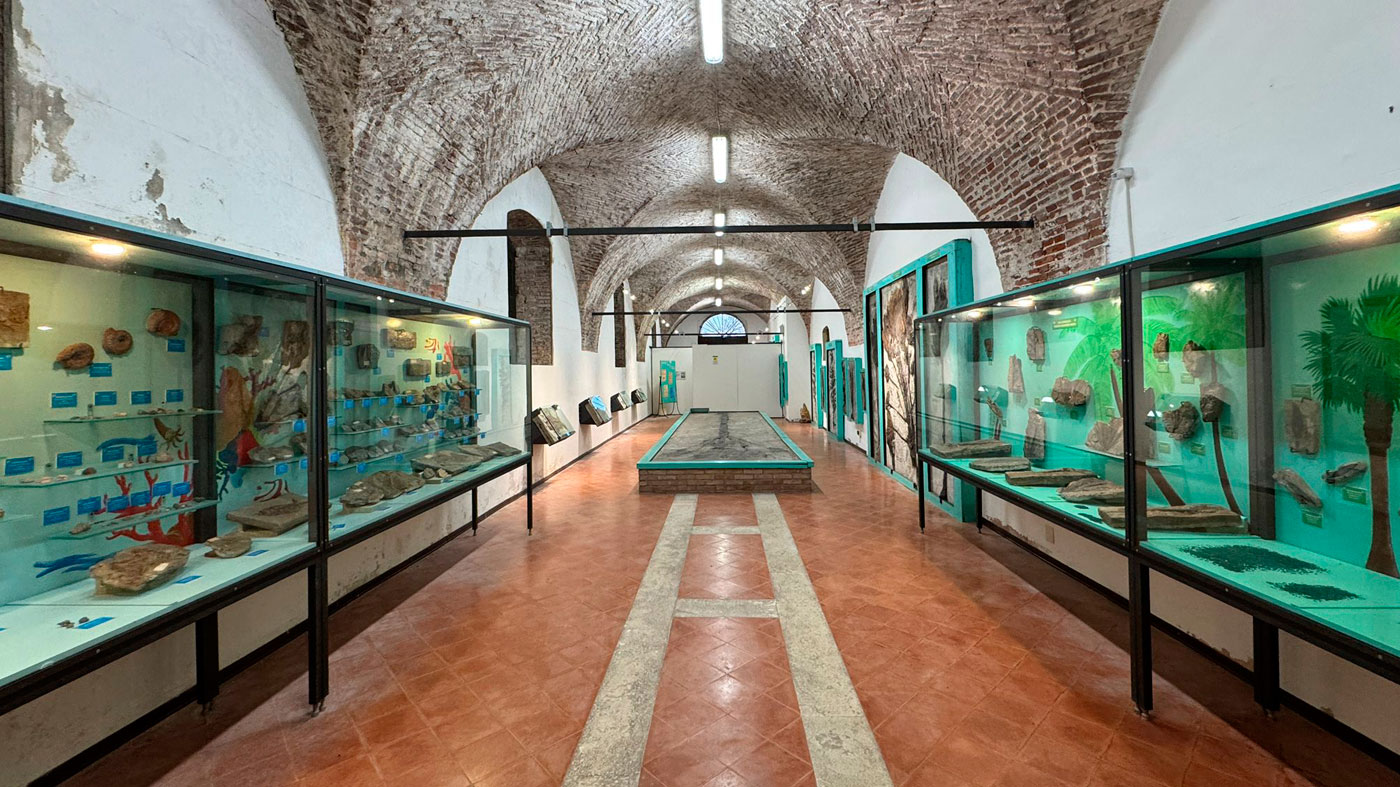
"A metropolis of extinct organisms" - Paolo Lioy, 1865
"Man, as you wander through these walls where thirty thousand millennia of the history of the ancient ages of the Earth look upon you, consider that all of human history, from its origins to today, is but the history of a single day, and the history of your existence is but the history of a moment, an instant in infinity." - Remo Malinverni, 1963
Inside the villa, where carriages once sought refuge, today stands a paleontological museum of exceptional national and international importance: the "Pierluigi Malinverni" Museum.
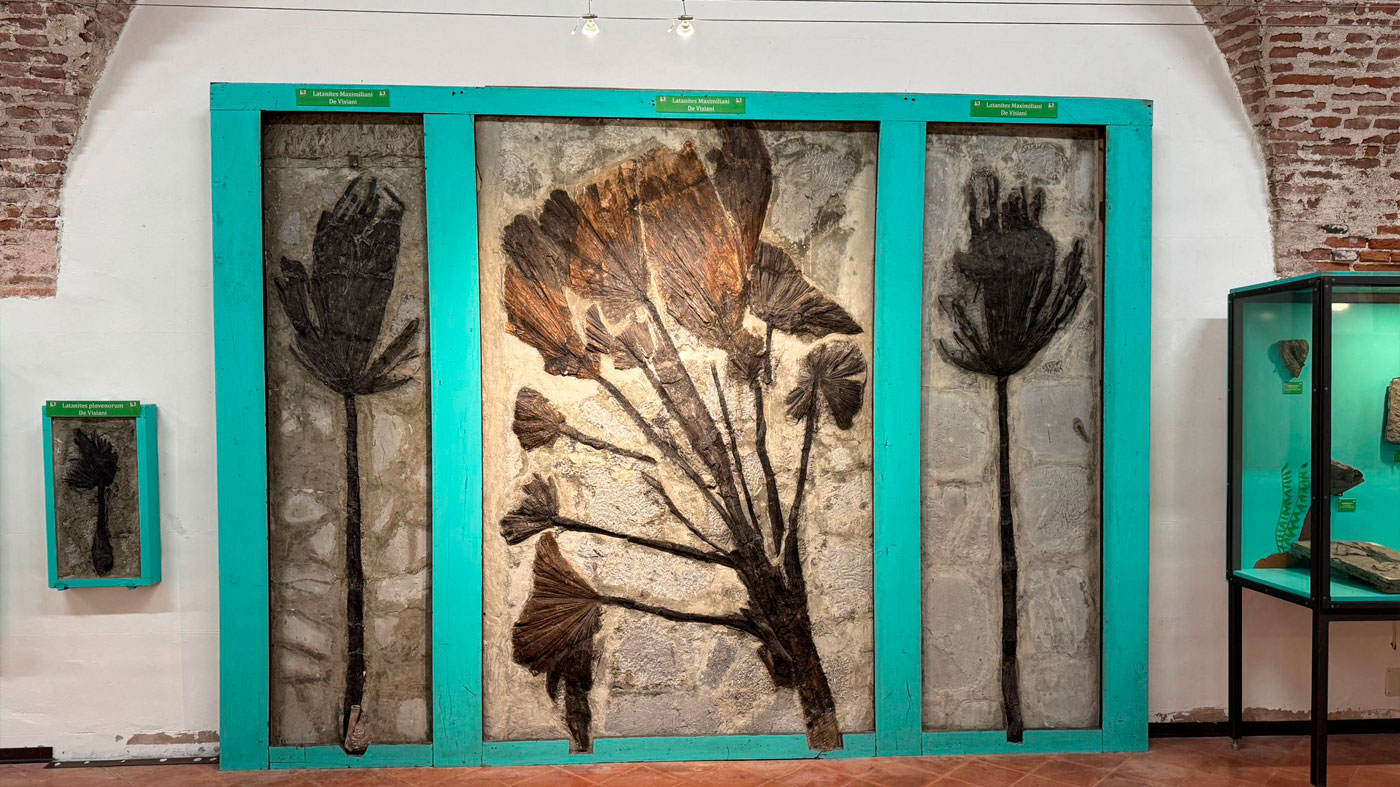
In the mid-19th century, along the nearby Chiavone Bianco stream, one of the most significant paleontological sites of the century was discovered. The discovery of the site is dated to 1852 and is attributed to Baron Achille De Zigno, a passionate natural history enthusiast, although the first traces of extraction date back to the late 18th century. The baron himself directed the excavation campaign, which was promoted and funded by Count Andrea Piovene, then owner of Villa Godi.
Over the next fifteen years of excavation, extraordinary fossils from the Middle Oligocene (30 million years ago) were found, including ferns, mollusks, fish, and palms. The sensational discovery quickly became a subject of academic debate in Italy, and in 1868, one of the first paleontological conferences of the newly formed Kingdom of Italy was held in Lonedo, attended by the then Minister Quintino Sella.

The fossils from Chiavone tell us of a distant past when the valley of the stream was most likely a brackish and marshy bay immersed in a tropical climate. Its connection with a nearby area of land to the north (future Alps), as well as the open sea and several freshwater streams that flowed into it, allowed for the coexistence of many different fish and tree species, creating a rich and diversified ecosystem. This environment was likely disrupted by volcanic eruptions that poisoned the habitat of living species, causing them to settle on the seabed, where the process of fossilization occurred.
Today, the museum preserves numerous fish species from both brackish and freshwater environments, as well as 352 tree species, including algae, ferns, and, notably, palms, which once populated the coast of the ancient bay.

Among the most important finds is the massive fossilized palm, horizontally positioned in the center of the museum hall, standing 9.85 meters tall. It was discovered in 1863 by Giovanni Artuso, a tenant farmer of Count Piovene, who spent four years extracting it. The palm, complete with roots, trunk, and leaves, is considered an extraordinary specimen as it is the largest fossil palm ever discovered in Europe and has been fully preserved.
This fossil inspired the Vicentine poet Giacomo Zanella, who, in 1877, composed the poem "Le palme fossili nella villa de' conti Piovene in Lonedo / visitate colle alunne del collegio Dame inglesi di Vicenza nel novembre 1877". Since 1963, the museum's collection has been recognized and declared of "exceptional paleontological interest" by the Ministry.
Since 2024 the Palaeontological Museum Pierlugi Malinverni of Villa Godi Malinverni has been part of the Palaeontological Museums Network "Orizzonti Fossili" together with the Fossil Museum of Bolca, the Priaboniano Museum of Monte di Malo, and the Franciscan Museum Father Aurelio Menin of Chiampo. The network enhances the museums' collections as a tool for understanding and deepening the current climate changes through events, research and educational activities. Keeping the ticket of one of the museums entitles visitors to a 10% discount on the tickets of the others throughout the year.
